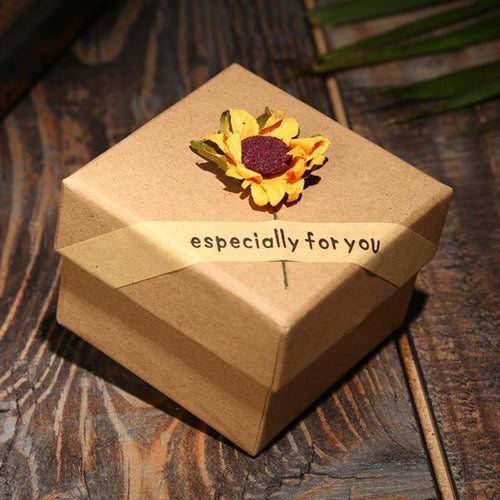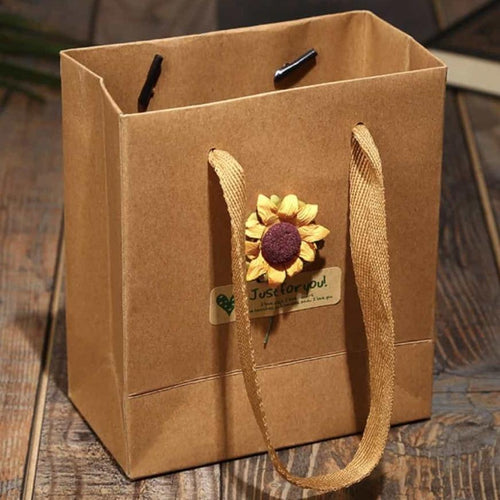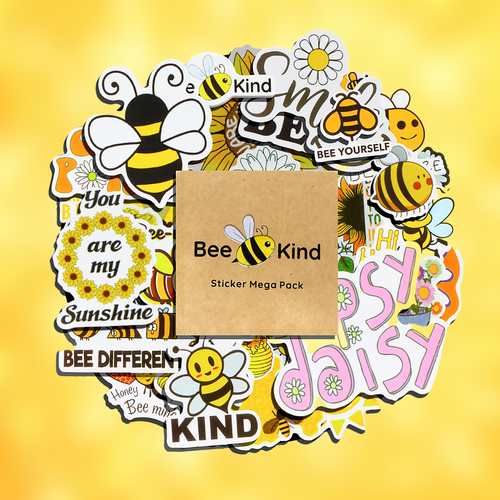The honeybee is one of the most collaborative insects in the world. Each hive consists of thousands of bees working together in order to build and sustain a colony. Within the colony, each bee has a specific role to play.
The queen bee is essential to the life of the hive. Though her fate is determined before she is born, her life is far from royal. Her sole role in the hive is that of reproduction and she only leaves the hive once in her life.
1. Queen Bee Eliminates the Competition
The queen bee develops from a larva into a pupa after eight days. Nurse bees will select 10 to 20 newly hatched female larvae and begin feeding them a strict diet of royal jelly, a milky white substance that be bees secrete from the tops of their heads. The exclusive diet of royal jelly turns on the female larva's reproductive system, turning her into a queen. Royal jelly is high in protein, simple sugars, fatty acids, B vitamins, trace minerals, and antibacterial and antibiotic components.
When she emerges, her first priority is to destroy any other potential queen bee pupae. She slashes open their shells with her stinger or calls them into battle with her piping cry which only queen bees can make.
2. Mating fights
When a new queen emerges from her cell she is a virgin capable only of laying infertile eggs destined to become male drones. She must mate with several drones from other colonies to become fertile. To do this, she takes mating flights. During this time, she will mate with up to 30 drones (male bees).
Once completed, she will return to the hive and begin her life-long job of laying as many eggs as possible. For many queens, this is the only time in their lives they leave the hive. The queen mates with many drones so she can be assured of genetic diversity in the colony.
In the summer, she can lay up to 2000 eggs a day!
3. Is the Queen Bee Really in Charge?
The queen is the only bee capable of laying fertilized eggs but she does not make colony decisions. It is the worker bees who make decisions for the colony.
When egg laying is needed, the worker clean cells and prepare them for the queen. She will not lay in a cell that has not been prepared.
The queen bee does not feed herself, she is groomed and fed by worker bees. When the colony is preparing to swarm, the queen’s diet is changed to allow her to slim down for flight.
4. Do queens have stingers?
A queen bee does have a stinger but it is different than that of the workers. She is not tasked with the duty of hive protection. Chasing off predators, such as a bear or rowdy beekeeper is not her problem.
But this does not mean that her stinger is without a purpose. The smooth stinger of a queen is not barbed at the end. It is only used to kill rival virgin queens.
5. The largest bee in the colony
A mature mated queen is about twice the size of the workers. This is due primarily to her long abdomen.
Her size can vary a bit due to the type of bee (or race) that is part of her genetic heritage.
Although beekeepers become more effective at spotting the queen over time, it is quite common to "mark" the queen.
6. A special place
Because a developing queen bee is larger than normal workers, she requires a larger cell for growth and development. These large cells are called queen cells.
They are easy to identify due to the large peanut shape on the surface of the comb or hanging from the bottom of frames.
7. A royal perfume
Queen bee has a unique smell.
Bees, ants and wasps all evolved colonial life (and the queen-worker dichotomy) independently, so many researchers expected them to have unique queen pheromones.
Queen honey bee constantly emits pheromones.
These pheromones are passed throughout the colony and tell the colony that all is well. Workers spread them by antenna touching and other grooming activities.

We can truly say that the queen bee is a fascinating insect. She is the mother of all the bees in hive, responsible for laying all the eggs that will become female worker bees and male drones.
As a beekeeper, it is important to understand the role of the queen and her interaction with workers and drones. This will help you asses the health of the colony on an ongoing basis and troubleshoot when issues occur.
Sources:
1. Carolina Honeybees
2. Gees Bees
3. The Conversation
A portion of every purchase at Bee Kind Shop is donated to non-profit organizations that help save bee colonies around the globe.











